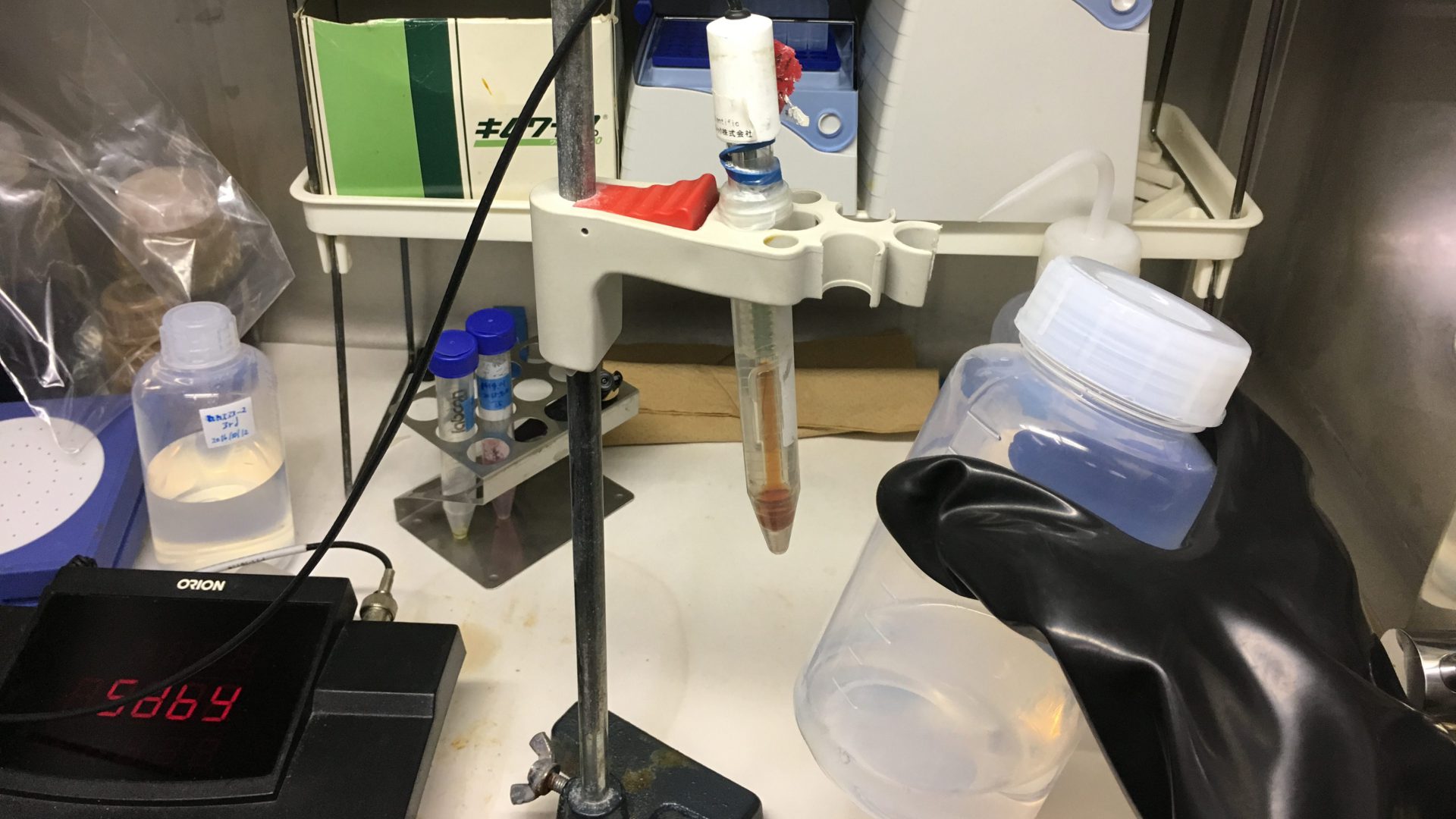Background and Purpose:
- Dissolved Organic Matter (DOM) in deep groundwater influences the mobility of contaminants, including radionuclides.
- Understanding DOM composition and its metal-binding ability is crucial for the safe geological disposal of high-level radioactive waste (HLW).
- This study investigates the origins and binding properties of DOM in deep groundwater collected from the Horonobe Underground Research Laboratory (Japan).
Main Findings:
- Using EEM-PARAFAC analysis, four distinct DOM components were identified:
- One marine humic-like
- Two terrestrial humic-like
- One protein-like
- Europium (Eu³⁺) binding experiments revealed:
- Terrestrial humic-like components strongly bind Eu³⁺.
- Marine humic-like component binds Eu³⁺ weakly.
- DOM sources were linked to:
- Input from sedimentary rocks,
- Microbial decomposition,
- Mixing of fossil meteoric and seawater.
- Methanogenic microorganisms influence DOM transformation and metal binding behavior.
Environmental Implications:
- Highlights the need for detailed spatial characterization of DOM in underground environments.
- Different DOM types have varied impacts on metal ion mobility.
- These differences must be considered in models for predicting radionuclide migration in deep geological disposal.
Saito, T., Nishi, S., Amano, Y., Beppu, H., Miyakawa, K., “Origin of dissolved organic matters in deep groundwater of marine deposits and its implication for metal binding”, ES&T Water, 3, 4103-4112 (2023).
